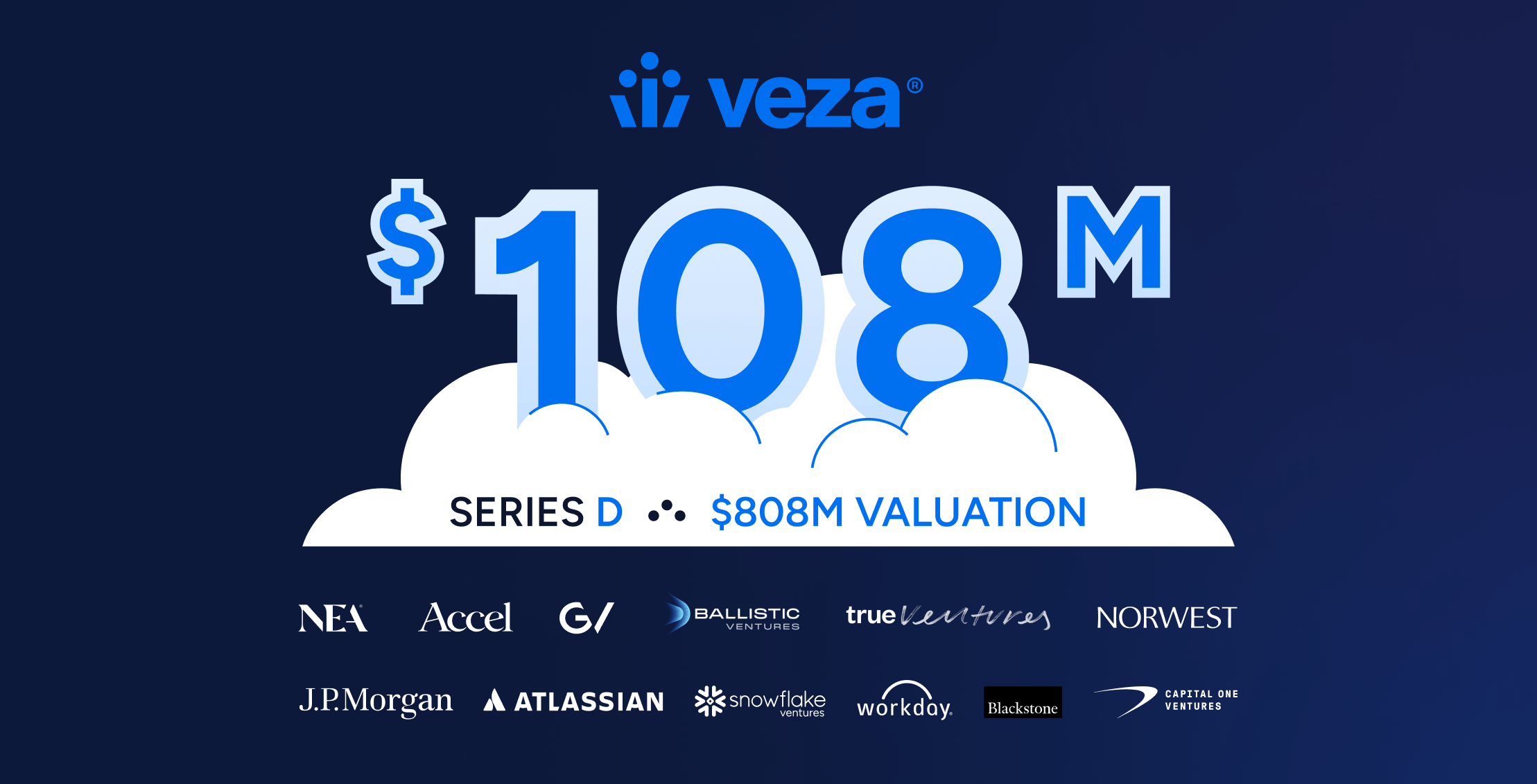Powered By
You Don’t Need to Be Technical. Just Informed
AI isn’t optional anymore—but coding isn’t required.
The AI Report gives business leaders the edge with daily insights, use cases, and implementation guides across ops, sales, and strategy.
Trusted by professionals at Google, OpenAI, and Microsoft.
👉 Get the newsletter and make smarter AI decisions.
Hey {{first_name | Jedi}}, welcome to the 104th Edition of the Identity Jedi Newsletter.
Let’s call it what it is: identity is having a moment.
We’ve spent years trying to convince security leaders and investors that identity isn’t just plumbing—it’s the foundation of everything.
Now, the market is catching up.
✅ Veza just raised $100 million.
✅ Saviynt launched a brand new Identity Security Posture Management (ISPM) platform.
✅ And it seems everyone was talking about identity at RSA this week.
But with momentum comes pressure.
More visibility. Bigger expectations. Louder boardroom questions like:
What’s our identity risk posture?
Are we monitoring access risk in real time?
Can we prove we’re Zero Trust-ready?
So in this issue, I’m breaking down what these moves really mean—and what conversations you should be having right now with your team.
Let’s go 👇🏽
Table of Contents
Let’s Talk ISPM
Imagine a world where you could actually measure the effectiveness of your identity program.
You could search across access events, campaigns, and provisioning actions by just typing in a question. You could build KPI dashboards that actually mean something—and drop them straight into your next board meeting.
I know what you’re thinking…
“Cool story, Jedi—but what fantasy world are you living in?”
Well, it’s not a fantasy.
As of April 29th, 2025, that world became real.
Saviynt officially launched its Identity Security Posture Management (ISPM) platform—and it might just be the biggest shift in identity since SAML.
But here’s the awesome part:
While other platforms are racing to bolt on ITDR features or AI buzzwords, Saviynt focused on something we’ve actually needed:
Measurement.
For years, identity teams have been stuck in a never-ending cycle of exporting data to BI tools, building custom reports in Tableau or PowerBI, and still struggling to make the story land.
Now, with ISPM, you can:
Analyze certification effectiveness at a glance
Understand how provisioning actions affect your risk posture
Streamline audit prep with data that’s already organized, prioritized, and contextualized
And do it all with natural language search—just ask a question
It’s not just about dashboards. It’s about visibility that leads to better decisions.
We’ve treated IAM like an admin function for too long. ISPM helps elevate it to what it truly is—a proactive security and business enabler.
This is just the beginning. But if you’ve ever felt the pain of trying to explain IAM impact to a non-technical exec, go look at ISPM.
Because now… we can finally measure what matters.
Big Money Move: Veza Raises $108M to Expand Identity Security Platform
Veza has secured $108 million in Series D funding, bringing its total equity raised to $235 million and reaching a valuation of $808 million.
Yeah…read those numbers again and let that sink in…
The round was led by New Enterprise Associates (NEA), with participation from strategic investors such as Atlassian Ventures, Workday Ventures, and Snowflake Ventures, alongside existing backers including Accel, GV (Google Ventures), True Ventures, Norwest, Ballistic Ventures, J.P. Morgan, and Blackstone Innovations Investments .
Their platform addresses critical identity security challenges by providing a unified approach to managing access across data, applications, and systems. Notable customers include Blackstone, Workday, Sallie Mae, and Snowflake.
🔍 What to watch:
Will other IGA vendors evolve toward access intelligence?
How will this funding expand Veza’s partnerships with Snowflake, Salesforce, and GitHub?
Can they build stickiness in an already crowded identity stack?
Either way, it’s good for all of us. It raises the bar.
It tells every buyer, “Yes—identity is worth investing in.”
PR below 👇🏾
Industry News
CyberArk Software (NasdaqGS:CYBR) Unveils New Identity Security Solutions
Deepfakes Now Mimic Human Heartbeats, Defeating Key Detection Method
Microsoft Entra Adds OpenID Connect Support for External Identity Providers
Podcasts
The Last Word
Ok so this week was RSA, and yes it’s still a madhouse! Rumor is 70,000 people in San Francisco to talk all things Cybersecurity. However, we all know that the real conference is in the meetings, bars, and side-channel conversations, and one topic dominated most of my conversations.
How in the f*%) are we going to manage security around AI?
This thing is past buzzword usage and is a real problem that we better figure out a strategy for quick, because if we think the sprawl of NHI is bad…HA, just wait until organizations realize how much AI has already infiltrated their organization. And the interesting problem is how exactly do you secure AI? I’m of the opinion that you have to start at the fundamental layer that powers the entire thing. It’s a four letter word that all of us know, and we all like to ignore.
……….
…………..
D-A-T-A

Gif by startrek on Giphy
I can’t see how we can even have a conversation about securing AI without having some serious discussions about how we secure the data it uses. And not just in a static way, but it has to be dynamic in how it’s accessed, what it’s accessed by, and for whom, and then the fundamental fun part: The result that comes from using the data. A simple equation to demonstrate this: What happens when you use an LLM to correlate information from a confidential document with information from a restricted document into a new document?
Yup…..fun times ahead. Till next time, folks
Be Good to each other, Be Kind to each other, Love each other









